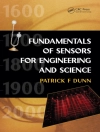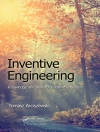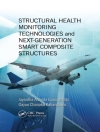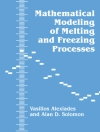Cilia are tiny hairs covering biological cells to generate and sense fluid flow. Millions of years of evolution have inspired a novel technology which is barely a decade old. Artificial cilia have been developed to control and sense fluid flow in microscopic systems, presenting new and interesting options for flow control in lab-on-a-chip devices.
This appealing link between nature and technology has seen rapid development in the last few years, and this book presents a review of the state-of-the-art in the form of a professional reference book.
The editors have pioneered the field, having initiated a major European project on this topic soon after its inception. Active researchers in academia and industry will benefit from the comprehensive nature of this book, while postgraduates and those new to the field will gain a clear understanding of the theory, techniques and applications of artificial cilia.
قائمة المحتويات
Chapter 1: Introduction; Section: Theoretical and numerical descriptions of Artificial Cilia; Chapter 2: Numerical modeling for artificial cilia; Chapter 3: Computational design of magnetic artificial cilia; Chapter 4: Modeling the interaction of active cilia with species in solution: from chemical reagents to microscopic particles; Chapter 5: Electrostatic artificial cilia; Chapter 6: Ferromagnetic cilia; Chapter 7: Light actuated artificial cilia based on liquid crystal networks; Chapter 8: Hydrogel-Actuated Integrated Responsive Systems (HAIRS): Creating Cilia-like ‘Hairy’ Surfaces; Chapter 9: Microwalkers – Charles Singh and Alfredo Alexander-Katz; Chapter 10: Artificial flagellar microswimmers; Section: The potential of artificial cilia: experimental evidence; Chapter 11: Fluid manipulation by artificial cilia; Chapter 12: Measurement of Fluid Flow Generated by Artificial Cilia;
عن المؤلف
Jaap den Toonder studied at the Delft University of Technology and got his Master’s degree in Applied Mathematics in 1991 (cum laude). He received a Ph D degree (cum laude) from the same university in 1996 on a numerical/theoretical and experimental study of drag reduction in turbulent flows by polymer additives. His advisor was professor Frans Nieuwstadt.












